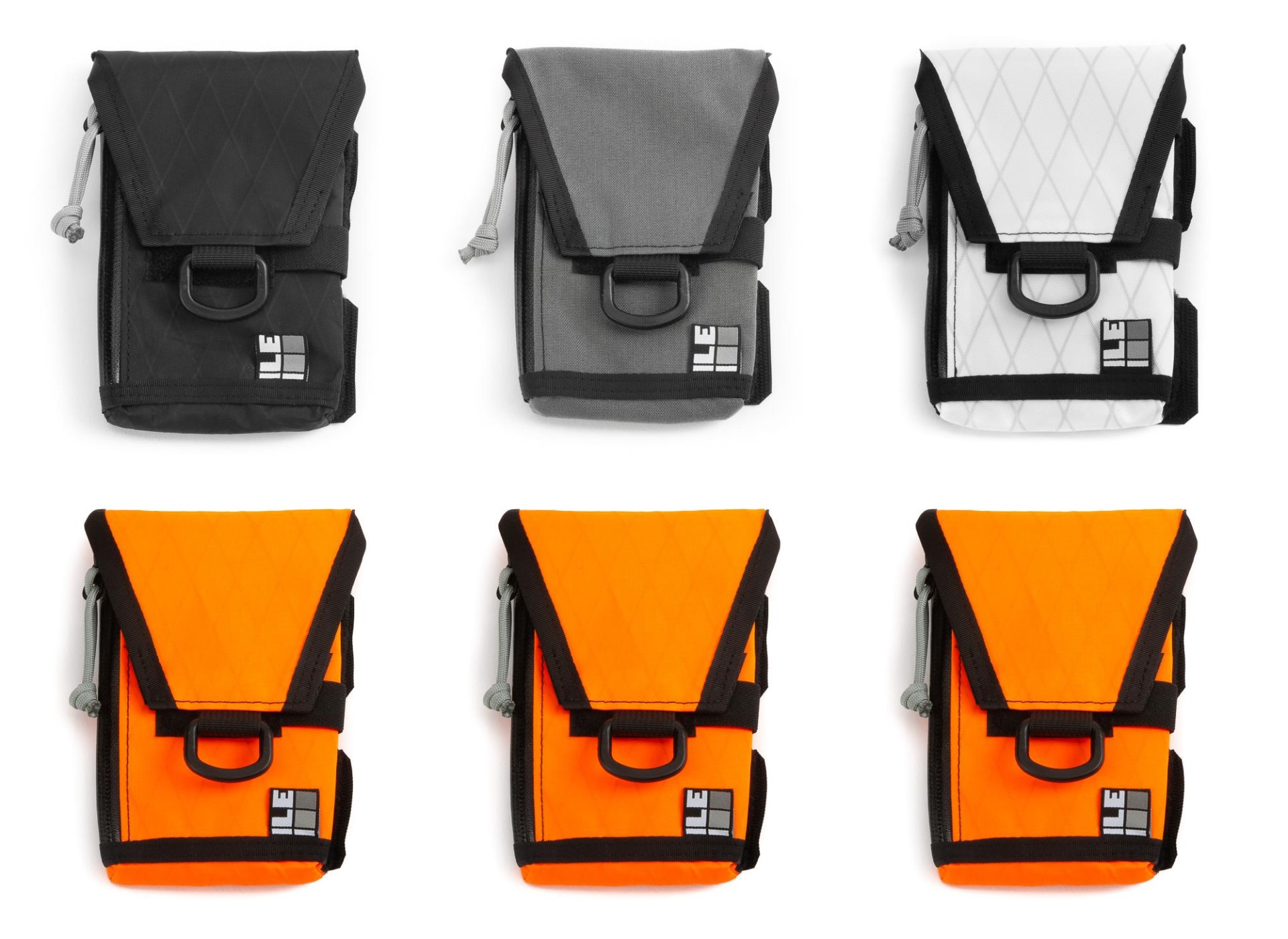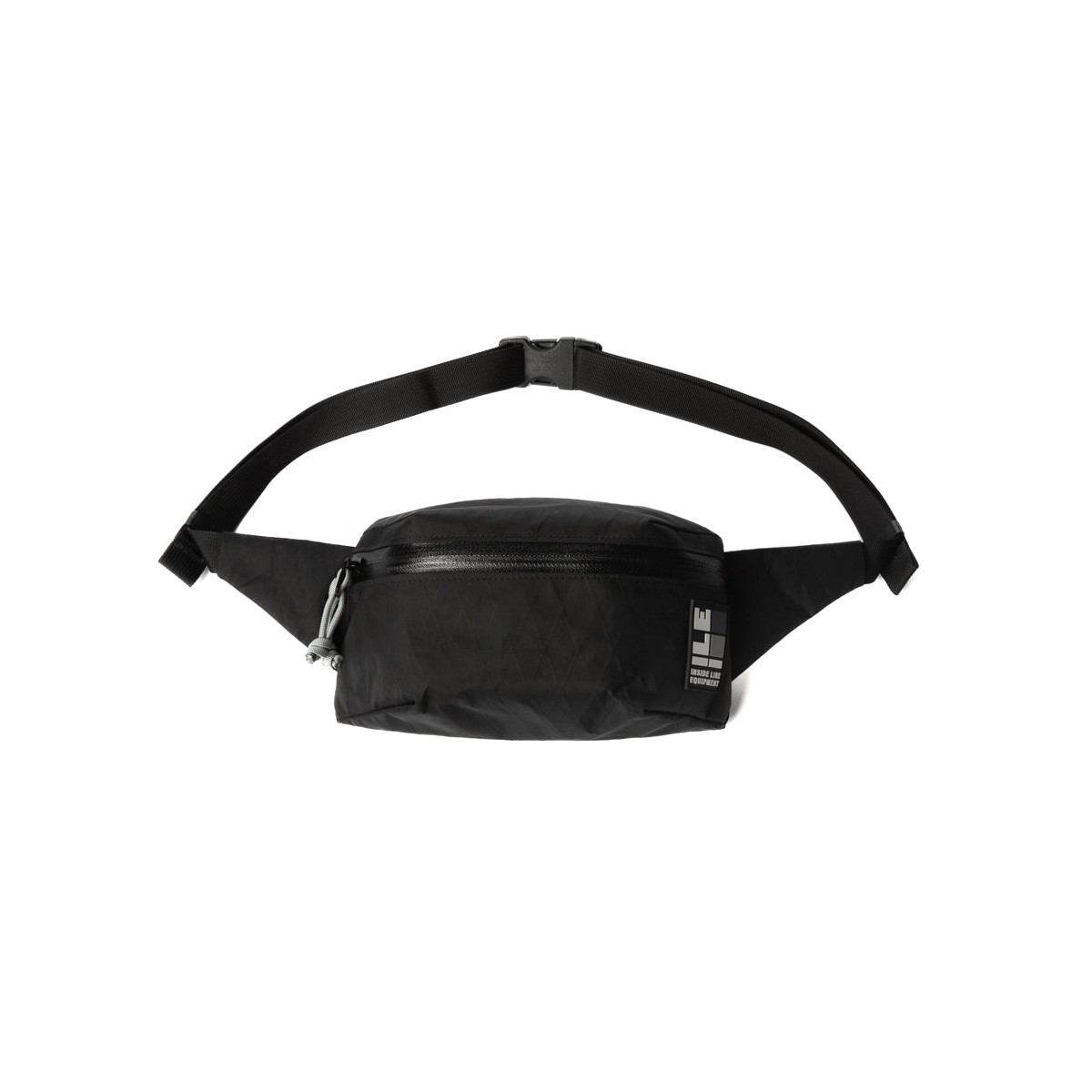Ever wondered what keeps construction projects and manufacturing plants running smoothly? Inside line equipment plays a crucial role in ensuring efficiency and precision in various industries. From wiring systems to intricate machinery, this essential gear forms the backbone of modern infrastructure. But what exactly is inside line equipment, and why should you care? Let’s dive in and uncover the secrets behind this vital aspect of industrial operations.
Imagine a world without reliable wiring systems or internal components that keep machines functioning properly. Chaos, right? Inside line equipment ensures that everything runs like clockwork. Whether you're involved in construction, manufacturing, or engineering, understanding the ins and outs of this equipment can make all the difference in your projects.
So, why are we talking about inside line equipment today? Because it’s not just about wires and gears—it’s about efficiency, safety, and innovation. This article will take you on a journey through the world of inside line equipment, exploring its importance, applications, and how it impacts various industries. Buckle up, because we’re about to unravel the secrets behind the machinery that keeps our world moving forward.
- Travis Anderson The Rising Star In Music And Entertainment
- Unveiling The Secrets Behind 3699 1450 A Deep Dive
What Exactly Is Inside Line Equipment?
Inside line equipment refers to the internal components and systems that ensure the smooth operation of machinery and infrastructure. Think of it as the nervous system of any industrial setup. These components include wiring, control systems, sensors, and other essential parts that enable machines to function effectively.
Now, here’s where it gets interesting. Inside line equipment isn’t just limited to big factories or construction sites. It’s also found in everyday appliances, vehicles, and even renewable energy systems. The versatility of this equipment makes it indispensable across multiple sectors. So, whether you’re working on a skyscraper or designing a smart home, inside line equipment is your go-to solution.
Why Is Inside Line Equipment Important?
The importance of inside line equipment cannot be overstated. It’s the unsung hero of modern engineering, ensuring that systems operate seamlessly and efficiently. Here are a few reasons why it matters:
- Tommy Moe The Unstoppable Skiing Legend Who Redefined The Slopes
- Sandy Wood The Rising Star Of The Music Industry
- Efficiency: Properly installed inside line equipment reduces downtime and increases productivity.
- Safety: Reliable internal components prevent accidents and ensure worker safety.
- Innovation: Advanced inside line equipment drives technological advancements in various industries.
Without inside line equipment, even the most sophisticated machinery would grind to a halt. It’s the glue that holds everything together, making it an essential component of modern infrastructure.
Applications Across Industries
From construction to manufacturing, inside line equipment has a wide range of applications. Let’s take a closer look at how it impacts different sectors:
Construction Industry
In construction, inside line equipment ensures that buildings are wired correctly and that all systems function as intended. This includes electrical wiring, plumbing, and HVAC systems. Proper installation of inside line equipment is crucial for the safety and comfort of occupants.
Manufacturing Sector
In manufacturing, inside line equipment powers the machines that produce goods. From assembly lines to robotics, these internal components ensure precision and efficiency. Without them, production would slow down, leading to increased costs and reduced output.
Renewable Energy
Even in the renewable energy sector, inside line equipment plays a vital role. Solar panels, wind turbines, and hydroelectric systems rely on advanced wiring and control systems to generate and distribute energy efficiently.
Types of Inside Line Equipment
Not all inside line equipment is created equal. Depending on the application, you’ll find various types of components designed for specific purposes. Here’s a breakdown of the most common types:
Wiring Systems
Wiring systems are the backbone of any electrical setup. They ensure that power is distributed evenly and safely throughout a structure. Proper wiring is essential for preventing electrical fires and ensuring smooth operation.
Control Systems
Control systems manage the functioning of machinery and equipment. These systems use sensors, actuators, and software to monitor and adjust operations in real-time. Without control systems, modern machinery would be impossible to operate efficiently.
Sensors and Actuators
Sensors and actuators are the eyes and hands of inside line equipment. They detect changes in the environment and respond accordingly, ensuring that systems function optimally. From temperature sensors to motion detectors, these components are essential for maintaining safety and efficiency.
Choosing the Right Inside Line Equipment
Selecting the right inside line equipment is crucial for the success of any project. Here are a few tips to help you make the right choice:
- Identify your specific needs and requirements.
- Research reputable manufacturers and suppliers.
- Consider the durability and longevity of the equipment.
- Ensure compatibility with existing systems.
Remember, cutting corners on inside line equipment can lead to costly mistakes down the line. Investing in high-quality components is always the smart choice.
Maintenance and Troubleshooting
Even the best inside line equipment requires regular maintenance to ensure optimal performance. Here are some tips for keeping your systems in top shape:
Regular Inspections
Conduct regular inspections to identify potential issues before they become major problems. This includes checking wiring, sensors, and control systems for signs of wear and tear.
Preventive Maintenance
Implement a preventive maintenance schedule to address issues proactively. This can include cleaning, lubrication, and replacing worn-out components.
Troubleshooting Common Issues
When problems arise, it’s important to know how to troubleshoot effectively. Common issues with inside line equipment include wiring faults, sensor malfunctions, and control system errors. Having a solid understanding of these problems can save you time and money in the long run.
Innovation in Inside Line Equipment
The field of inside line equipment is constantly evolving, with new technologies and innovations emerging regularly. Here are a few trends to watch out for:
- Smart sensors that provide real-time data and analysis.
- Wireless control systems for increased flexibility.
- Energy-efficient components that reduce environmental impact.
As technology advances, inside line equipment will continue to play a vital role in shaping the future of various industries.
Environmental Impact and Sustainability
With growing concerns about climate change and environmental sustainability, the impact of inside line equipment on the planet is becoming increasingly important. Manufacturers are now focusing on creating eco-friendly components that reduce energy consumption and minimize waste.
From recyclable materials to energy-efficient designs, the future of inside line equipment looks promising. By choosing sustainable options, you can contribute to a greener planet while still maintaining high performance standards.
Future Trends and Predictions
What does the future hold for inside line equipment? Experts predict that advancements in artificial intelligence, machine learning, and the Internet of Things (IoT) will revolutionize the industry. Smart systems will become even smarter, and automation will reach new heights.
As we move forward, the demand for reliable, efficient, and sustainable inside line equipment will only increase. Staying ahead of the curve and embracing these changes will be key to success in the coming years.
Conclusion and Call to Action
Inside line equipment is the unsung hero of modern engineering, ensuring that systems run smoothly and efficiently. From construction to manufacturing, its applications are vast and varied. By understanding its importance, choosing the right components, and maintaining them properly, you can unlock the full potential of your projects.
So, what’s next? We encourage you to explore the world of inside line equipment further and discover how it can benefit your business. Leave a comment below with your thoughts, share this article with your network, and don’t forget to check out our other resources for more insights into the industry.
Remember, the future is bright for those who embrace innovation and sustainability. Let’s work together to build a better, more efficient world—one inside line at a time.
Table of Contents
- What Exactly Is Inside Line Equipment?
- Why Is Inside Line Equipment Important?
- Applications Across Industries
- Types of Inside Line Equipment
- Choosing the Right Inside Line Equipment
- Maintenance and Troubleshooting
- Innovation in Inside Line Equipment
- Environmental Impact and Sustainability
- Future Trends and Predictions
- Conclusion and Call to Action



Detail Author:
- Name : Craig Zieme
- Username : golson
- Email : camren19@hotmail.com
- Birthdate : 1991-04-07
- Address : 693 Ron Cliff Gleichnertown, MN 25229-0382
- Phone : +1.213.601.6450
- Company : Lebsack-Cruickshank
- Job : Mental Health Counselor
- Bio : Facere voluptas mollitia molestiae rerum. Eos eum quia natus nostrum quasi nemo ratione voluptas. Officia velit sunt et ipsum sint neque. Enim id est necessitatibus eius debitis autem consectetur.
Socials
twitter:
- url : https://twitter.com/blair.prosacco
- username : blair.prosacco
- bio : Ipsam aut qui neque fuga quia qui. Dignissimos deleniti aliquam sed assumenda eveniet aut praesentium. Autem dicta facere repellat.
- followers : 1308
- following : 626
linkedin:
- url : https://linkedin.com/in/blairprosacco
- username : blairprosacco
- bio : Illo qui rerum officiis aut.
- followers : 904
- following : 2984
instagram:
- url : https://instagram.com/blair_prosacco
- username : blair_prosacco
- bio : Ut voluptas id quo molestiae. Hic enim sunt fugiat velit neque. Placeat sunt quo sint.
- followers : 477
- following : 1902